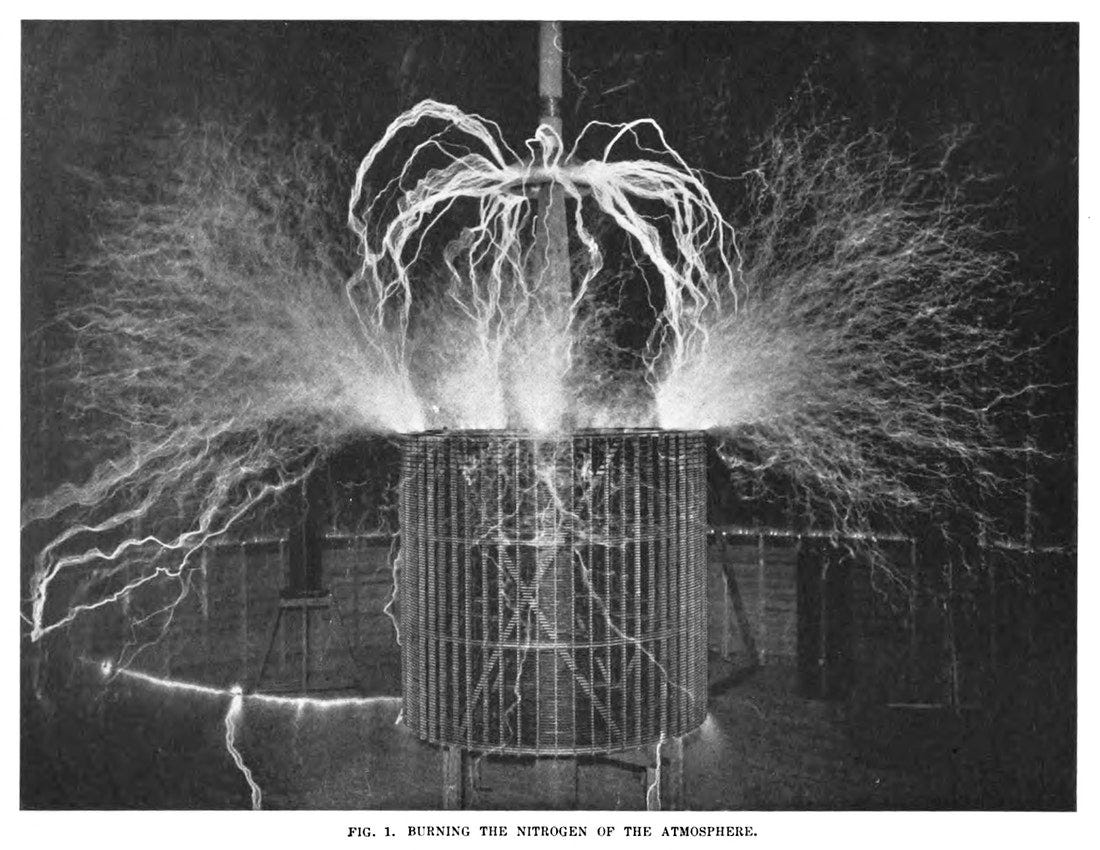Urban street tree biodiversity and antidepressant prescriptions
The researchers found that among the 9,751 residents of Leipzig, those who lived within 100 meters of street trees were taking fewer antidepressants.
The study suggests that unintentional daily contact to nature through street trees close to the home may reduce the risk of depression, especially for individuals in deprived groups. This has important implications for urban planning and nature-based health interventions in cities.
Urban street tree biodiversity and antidepressant prescriptions in Nature
Parks and Houses for the People
Though created over decades, Swedish social democracy achieved its greatest gains in the 1970s, when the country was, as the historian Kjell Östberg argues, “the most advanced welfare state that had ever existed.” 1 It was in those years that a state-sponsored push to build one million homes in ten years — for a (then) population of less than eight million — produced a nation of gleaming, high-modernist suburbs in which rent-subsidized apartment blocks were surrounded by leafy parks and attractive playgrounds and well-appointed daycare centers. Linked together by new motorways and commuter rail networks, hosting state-supported schools and healthcare clinics, and underwritten by generous pension schemes and unemployment insurance, the country’s metropolitan landscape epitomized the pragmatic ideals of Swedish social democracy, in which the inequities of capitalism would be rectified not by state ownership but through vigorous regulation and generous welfare
Early on, meetings were held in workshops and factories; but companies began barring labor organizers from the shop floors. Even sites outside the workplace, including hotels and restaurants, proved difficult to engage
“The workers’ meetings held on roads, or wooded hillsides, or in the garden of some libertarian-minded individual, are too numerous to count,” wrote the longtime head of the People’s Houses, Karl Kilbom, in a mid 20th-century history of the labor movement. As Kilbom recounted, social democratic events in hotels, restaurants, lodges, and temperance halls were regularly canceled by disapproving management. Efforts to rent office space or to open cafés were often met with evictions once landlords discovered the political affiliations of their tenants, and the police had few qualms about disrupting speeches in city squares and public parks.
This was the contentious context that inspired the establishment of the first People’s Parks and People’s Houses. In the early 1890s, labor leaders in the fast-industrializing south began to acquire property in order to develop a network of indoor and outdoor communal spaces for the socialist left. But the activists sought not simply to create union halls or party offices; they envisioned programmatically ambitious places that would encourage the growth of a broad-based democratic politics and culture, and, crucially, that would protect the rights to free speech and public assembly
First, a mall is not a true public space. It is a branded, controlled experience designed for shopping. For many teenagers in America, the mall is a default hang out space—or at least was when I was a kid. Second, today you can easily see an ad on your phone before you say hello to your partner or kids, before you go outside, before you use the bathroom.
Underpinning these issues is the gnawing feeling, for many people, that we must be _more productive_. Time is money. Space is money. You should be doing something or, if you must do nothing, do nothing so that you can do something more later. Did you know that these CEOs read this many books this year? This successful person mediates an hour a day. What have you shipped today?
Parks and Houses for the People in Places Journal
Investigation: Were Polish Aristocrats in the 1890s really that Obese?
Amazing line of reasoning that leads to the conclusion:
These three possibilities seem sufficient to explain the apparently high rates of obesity in the Warsaw data. We think the Warsaw data is probably wrong, and our best guess for obesity rates in the 1890s is still in the range of 3%, rather than 10-20%.
But it is worth getting acquainted not for the results, but for the reasoning itself. Impressive.
Investigation: Were Polish Aristocrats in the 1890s really that Obese? by Slime Mold Time Mold
Dear reader, thank you for being with us. Do you think more people should read this issue?
Share this post on your social media or directly with your friends.
PS: You can buy me a coffee in the ko-fi. Try Refind.




